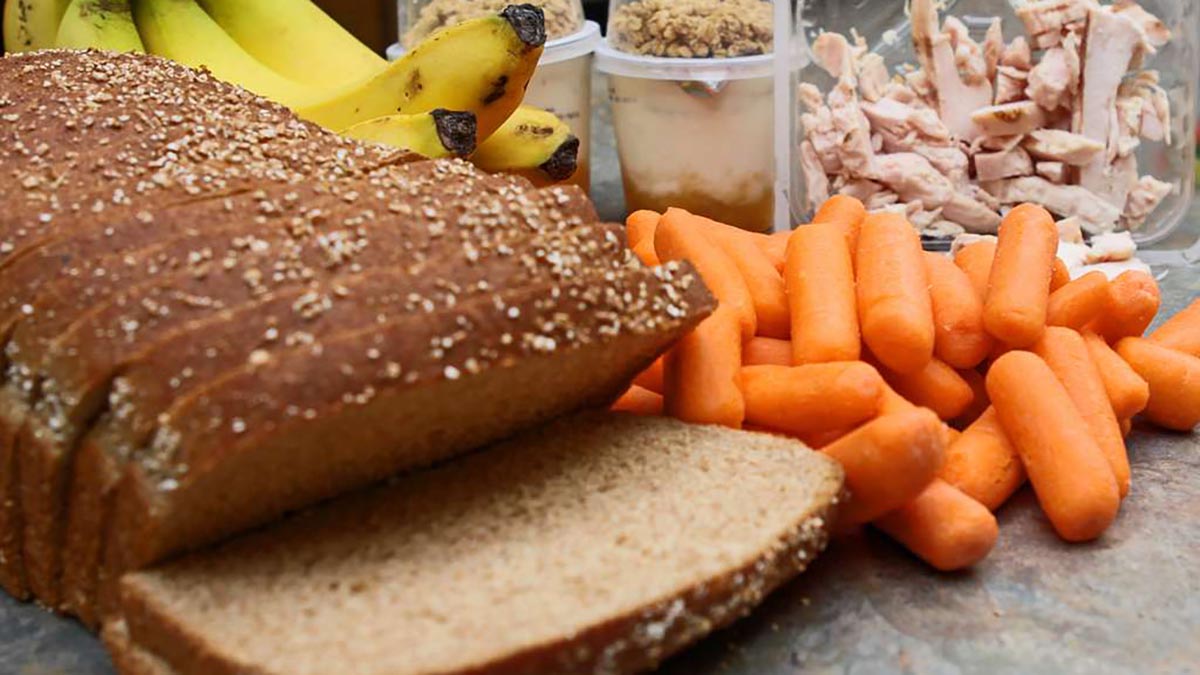The Ultimate Vitamins and Nutrients Reference Sheet Series
This Reference Sheet is part of a series called The Ultimate Vitamins and Nutrients Reference Sheet Series intended to be used as a companion for The Ultimate Edible Indoor Garden Guide project. The Reference sheets are:
Key Nutrients and Compounds
Omega-3 Fatty Acids (Alpha-Linolenic Acid, EPA, DHA)
- Role in the body: Essential for anti-inflammatory processes, brain structure and function, and heart health.
- Recommended intake: ~1.1 g (women) – 1.6 g (men) daily of ALA; 250–500 mg per day of combined EPA/DHA is recommended.
- Food sources: Flaxseeds, chia seeds, walnuts (for ALA); fatty fish, fish oil, and algae (for EPA/DHA).
- Shelf-stable/indoor options: Flaxseeds, chia seeds, walnuts; canned fatty fish; algae-based supplements.
- Overdose/concerns: No defined upper limit from food; very high supplement doses may cause blood thinning.
Omega-6 Fatty Acids (Linoleic Acid and others)
- Role in the body: Important for cell structure and energy; required in balance with omega-3s to avoid excessive inflammation.
- Recommended intake: ~12 g (women) to 17 g (men) daily of linoleic acid.
- Food sources: Vegetable oils, nuts, seeds, and grains.
- Shelf-stable/indoor options: Vegetable oils, sunflower seeds, peanuts.
- Overdose/concerns: Balance with omega-3s is key; no specific toxicity limit, but overly high ratios can promote inflammation.
Choline
- Role in the body: Essential for brain and nervous system function, cell membrane formation, and liver lipid metabolism.
- Recommended daily intake: 425 mg (women) to 550 mg (men) per day.
- Food sources: Egg yolks, liver, meats, fish; soybeans, cruciferous vegetables, legumes, and nuts.
- Shelf-stable/indoor options: Powdered eggs, soy lecithin, dried soybeans.
- Overdose/toxicity: High doses (>3.5 g/day) can cause fishy body odor, sweating, low blood pressure, and liver toxicity.
Dietary Fiber
- Role in the body: Aids digestive health, prevents constipation, supports healthy gut bacteria, and helps regulate blood sugar and cholesterol levels.
- Recommended daily intake: ~25 g (women) to 38 g (men) per day.
- Food sources: Beans, legumes, whole grains, vegetables, fruits, nuts, seeds.
- Shelf-stable/indoor options: Dried beans, whole grain flours, rolled oats, dried fruits, psyllium husk.
- Overdose/concerns: Extremely high fiber intake without sufficient water may cause gastrointestinal discomfort; increase intake gradually.
Antioxidants & Phytochemicals
Flavonoids (a class of polyphenols)
- What they are & effects: Plant compounds that act as antioxidants and anti-inflammatories; support cardiovascular and brain health.
- RDI: No established requirement; aim for multiple servings of fruits and vegetables daily to obtain ~200–500 mg, or more, from various sources.
- Top sources: Berries, citrus fruits, apples, onions, kale, broccoli, tea (green and black), red wine, dark chocolate, and spices like oregano and parsley.
- Safety: Generally safe when consumed in food.
Polyphenols (General)
- What they are & effects: A broad class of plant compounds with powerful antioxidant properties that help reduce oxidative stress and lower chronic disease risk.
- RDI: No formal recommendation; traditional diets provide ~500+ mg/day.
- Top sources: Fruits, vegetables, tea, coffee, red wine, cocoa, whole grains, nuts, and spices.
- Safety: Very safe from food sources; concentrated supplements may affect mineral absorption in large doses.
Carotenoids (e.g., Beta-Carotene, Lutein, Lycopene)
- What they are & effects: Pigments that serve as antioxidants; beta-carotene is a precursor to vitamin A, and lutein/zeaxanthin support eye health; lycopene is linked to reduced risk of prostate and cardiovascular diseases.
- RDI: No separate RDA; include carotenoid-rich foods daily.
- Top sources: Carrots, sweet potatoes, pumpkin, leafy greens, tomatoes, watermelon, and mangoes.
- Shelf-stable/indoor options: Dried carrots, canned pumpkin, dehydrated leafy greens, tomato paste.
- Safety: Excess consumption results in carotenemia (harmless orange skin).
Sulforaphane
- What it is & effects: A sulfur compound from cruciferous vegetables that boosts detoxification enzymes and provides anticancer and anti-inflammatory effects.
- RDI: No official intake; aim for a half-cup of broccoli sprouts per serving a few times per week.
- Top sources: Broccoli sprouts, broccoli, Brussels sprouts, kale, cauliflower, cabbage, bok choy, mustard greens.
- Safety: Very safe when prepared properly.
Curcumin (from Turmeric)
- What it is & effects: The primary active polyphenol in turmeric; a strong anti-inflammatory and antioxidant that supports joint and digestive health and may have anticancer properties.
- RDI: No official RDI; culinary use (½–1 teaspoon of turmeric powder daily) or 500 mg supplement as desired.
- Top sources: Turmeric root or powder.
- Safety: Generally safe in culinary amounts; very high doses may cause gastrointestinal upset.
Other Notable Phytochemicals
- Resveratrol: Found in red grapes, red wine, blueberries, and peanuts; supports heart health and longevity.
- Anthocyanins: Pigments in berries, red cabbage, purple sweet potatoes; powerful antioxidants linked to cardiovascular and cognitive benefits.
- Catechins (EGCG): Found in green tea; support metabolism and cardiovascular health.
- Garlic’s Organosulfur Compounds (Allicin): Provide antimicrobial and heart health benefits.
- Gingerols: From ginger; help with nausea and inflammation.
